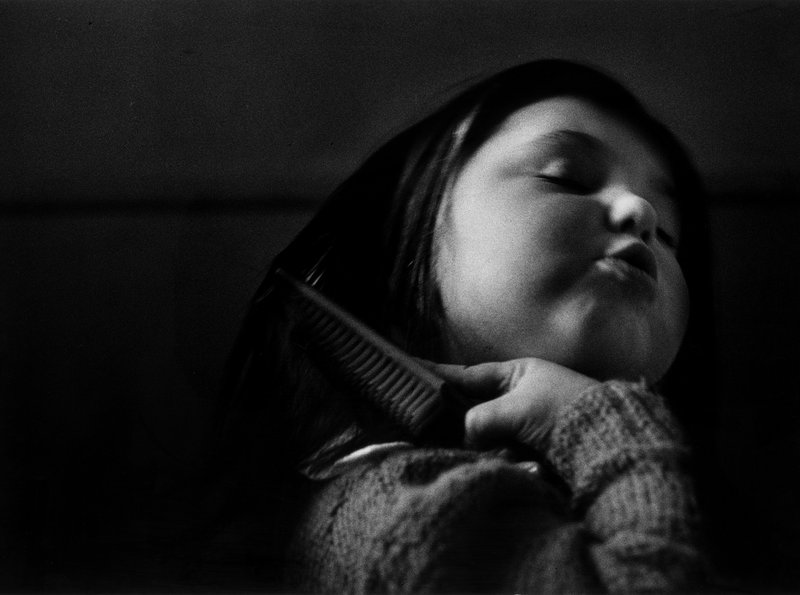Pure photography
La Pedrera opens a retrospective of Gabriel Cualladó, a photographer who changed the discipline in Spain with images that reveal the profound in the everyday
In 1951, Gabriel Cualladó bought his first camera, a modest Capta that cost 90 pesetas, to take photos of his newly-born son. It was the beginning of a career that would earn him a place in the history of Spanish photography. And without ever doing so professionally. His card said he was an amateur photographer, while he earned a living working in a transport company he inherited from his uncle. Born in 1925 in Massanassa, in Valencia, the Fundació Catalunya La Pedrera has devoted a retrospective to Cualladó with 140 of his images 15 years since his death, in 2003, in Madrid.
Cualladó won the first National Photography Prize awarded by the culture ministry in 1994, while galleries have never stopped displaying his work. Many photographers have praised his sensibility and aesthetic, and have placed him among the greats, such as Joan Fontcuberta. The latter appears in a video in the exhibition, Cualladó essencial (until June 30), in which he lauds Cualladó’s gift for finding the profound in the everyday. What’s more, Cualladó is also considered a pioneer in photography collecting (he left his rich archive to the Institut Valencià d’Art Modern, IVAM). He was also the master of his generation who is best-known among the general public, perhaps because out of all of them he was the one who produced the least intellecutalised work.
“I take photos with my camera and my heart,” he said. A man of few words, his silences impregnate his work. The exhibition’s curator, photographer Antonio Tabernero, speaks of the “immense silence” that accompanies his images, which demand contemplation from the viewer.

